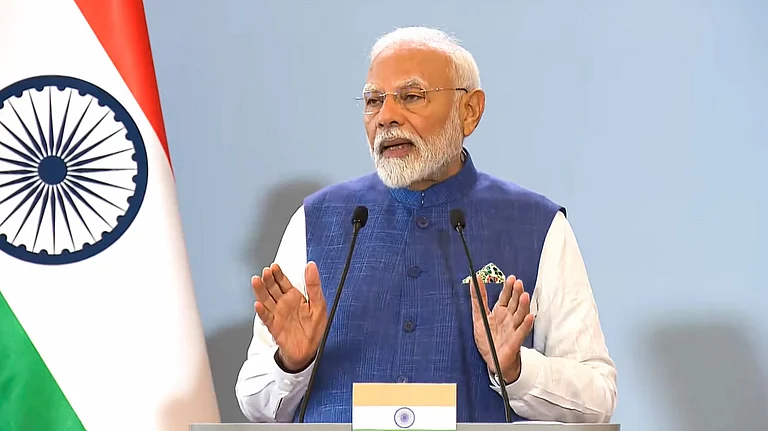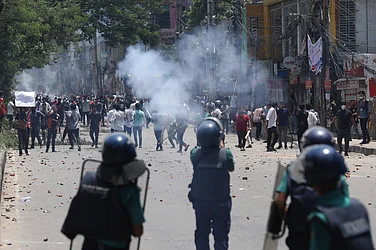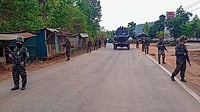Incidents of student suicides in India are increasing at a rate surpassing the population growth rate and overall suicide trends. Based on the National Crime Records Bureau (NCRB) data, the "Student suicides: An epidemic sweeping India" report was launched on Wednesday at the Annual IC3 Conference and Expo 2024.
The report shows that while overall suicide numbers increased by 2 per cent annually, student suicides surged by 4 per cent between 2021 and 2022. This rise is particularly concerning, as the report suggests that student suicide cases are likely underreported.
In 2022, male students accounted for 53 per cent of total student suicides. However, between 2021 and 2022, there was a 6 per cent decrease in male student suicides, while female student suicides increased by 7 per cent during the same period.
The report noted a dramatic increase in student suicides, with male suicides rising by 50 per cent and female suicides by 61 per cent over the past decade.
Key Statistics:
- Student suicides have grown at an alarming annual rate of 4 per cent over the past two decades, double the national average.
- Between 2021 and 2022, the number of student suicides increased from 6,654 to 13,044.
- Despite a reduction in the population of 0-24-year-olds from 582 million to 581 million over the last decade, student suicides have continued to rise.
According to the report, Maharashtra, Tamil Nadu, and Madhya Pradesh are identified as the states with the highest number of student suicides, together accounting for one-third of the national total. The southern states and union territories collectively contribute 29 per cent of these cases.
Rajasthan, known for its high-stakes academic environment, ranks 10th, highlighting the intense pressure associated with coaching hubs like Kota.
"The data compiled by the NCRB is based on police-recorded first information reports (FIRs). However, it is important to acknowledge that the actual number of student suicides is likely underreported. This under-reporting can be attributed to several factors, including the social stigma surrounding suicide and the criminalisation of attempted and assisted suicide under Section 309 of the Indian Penal Code.
Although the 2017 Mental Healthcare Act decriminalises suicide attempts for individuals with mental illness, the legacy of criminalisation continues to impact reporting practices, it said.
"Moreover, there are significant data discrepancies due to the lack of a robust data collection system, particularly in rural areas, where reporting is less consistent compared to urban regions," it said.



























